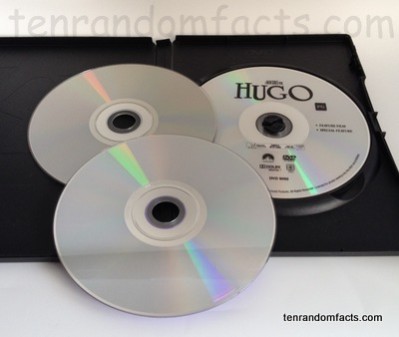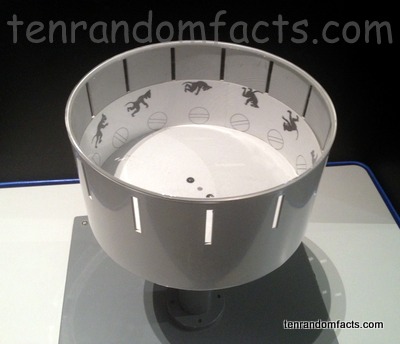
Sometimes you just sit back and wonder how so much data can be stored on a small DVD.
- A DVD is a type of disc storage device, based on and similar to the CD or compact disc invention, that can hold various forms of digital information on its surface.
- The initials ‘DVD’ were originally an acronym for ‘digital video disc’ and while it was suggested that the name should change to ‘digital versatile disc’, a now generally accepted term describing the invention, the initials became the official name of the disc, as its creators could never agree upon the extended name.
- DVDs are the same size as CDs, a flat disc typically 12 cm (4.7 inches) in diameter, though there are some that are smaller; and they are most commonly used to store films or video files, but also games, other software and media files, among others.
- David Gregg from the United States invented the optical ‘Videodisk’ in 1958, that was later developed into the ‘LaserDisc’ which was released for sale in 1978 with limited success, and these formats were the predecessors of the commercially successful and widely popular DVD, which was invented in 1995.
- DVDs can come in two main forms – the read-only variants and the read-write variants, where the latter has the ability to have data written to the disc via a ‘writer’ – a machine that is often combined with a disc player, and while the data written on some discs is permanent, some writable discs have the ability to have the data removed or replaced with other data.

- Originally two different groups of companies were undergoing their own research and development to invent what became today’s DVD, with Sony and Phillips in one group and Toshiba and a number of other companies in another, however these companies joined forces on the recommendation of IBM, to avoid another format war like that of the VHS and Betamax videotapes.
- 4.7 gigabytes is the most common data storage capacity of a DVD disc, having a one side and one layer format; though up to just over 17 gigabytes of data can be stored on a disc if it is formatted with two sides and two layers, as more formatted sides and layers equals more available space.
- DVDs are particularly more appealing than their videotape predecessors, as they store much more data, have a significantly higher quality of sound and picture, and the data is able to be stored longer.
- DVDs were first sold in Japan in late 1996; then in early 1997 in Central and North America; in 1998 – Europe, Africa and the remainder of Asia; and finally Australia in 1999.
- A red laser is used to read and write DVDs, and this allows greater storage capacity than CDs, as red has a shorter wavelength at 650 nanometers, than the CD’s infrared, and therefore the discs are able to be ‘written’ in a smaller format; though Blu-Ray discs, the disc’s successor, which were first available for sale in 2006, can store up to 50 gigabytes of data by using a blue laser which has an even shorter wavelength than that of its predecessor.




















